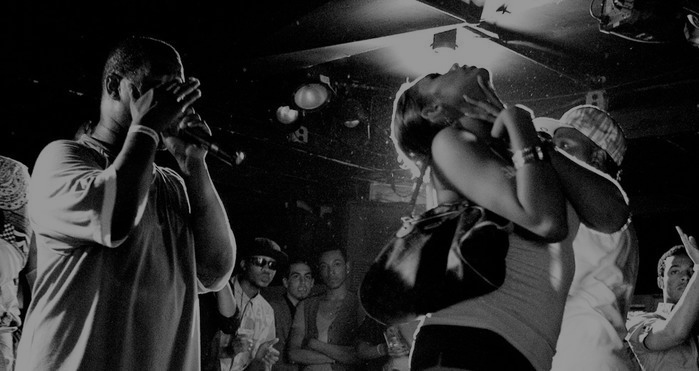Photo Mixtape: Ballroom and Kiki
The first edition of our Photo Mixtape series is on Ballroom and Kiki. We interview two photographers about their time embedded in the scene
Balls are dazzling, star-studded events where people go to work it, flex their finest couture and compete for top prizes for vogueing and looks alike. While the storied Ballroom scene is a visually stunning affair it — along with its youth-oriented offshoot Kiki — arose out of necessity, and often survival. Kiki in particular emerged in New York City as a community for at-risk LGBTQ youths, allowing them a safe haven for expression in the face of homophobia, oppression and violence. When they’re not vogueing and creating DIY costumes for the themed balls, Kiki participants are doing extraordinary advocacy work aimed at curbing LGBTQ youth homelessness.
In recent years Kiki and Ballroom have bubbled up from the underground, exploding onto the mainstream through runways and Rihanna tours alike. Rebecca Smeyne, a New York City-based documentary photographer who has been covering the Kiki and ballroom scenes since 2013, and who has shot NYC Fashion Week for the likes of the New York Times, says that lately she’s been seeing more and more people from the balls in the mainstream. “I can’t tell you how many of these fashion parties, like the H&M Balmain launch have vogue dancers,” she says. “I run into people from the Kiki scene at those parties because they’re hired to be dancers as entertainment! That’s how in vogue the Ballroom scene is.”
Gerard H. Gaskin, a Trinidadian photographer who’s been documenting the Ballroom scene since the early ’90s, says that the popularity is thanks to the young people who have picked up the thread in recent years. “Kids in the ’90s wanted to keep it underground and this generation, they don’t mind it being above ground,” he says. Part of it has to do with the rising ubiquitousness of technology, and how it’s not only democratized how scenes are documented and distributed, but how it opens up the spheres in a different way, too. “I met this gentleman...and he says to me, ‘This is our Broadway, this is our runway.’ I think the young Ballroom people believe that they can parlay it to Broadway, they can parlay it to the runway. Where back in the ’90s I don’t know if they believed that.”
Ahead of the New York City premiere of Kiki, Gaskin and Smeyne detailed some of the iconic images they’ve captured of the Ballroom and Kiki scenes over the years.
Gerard Gaskin
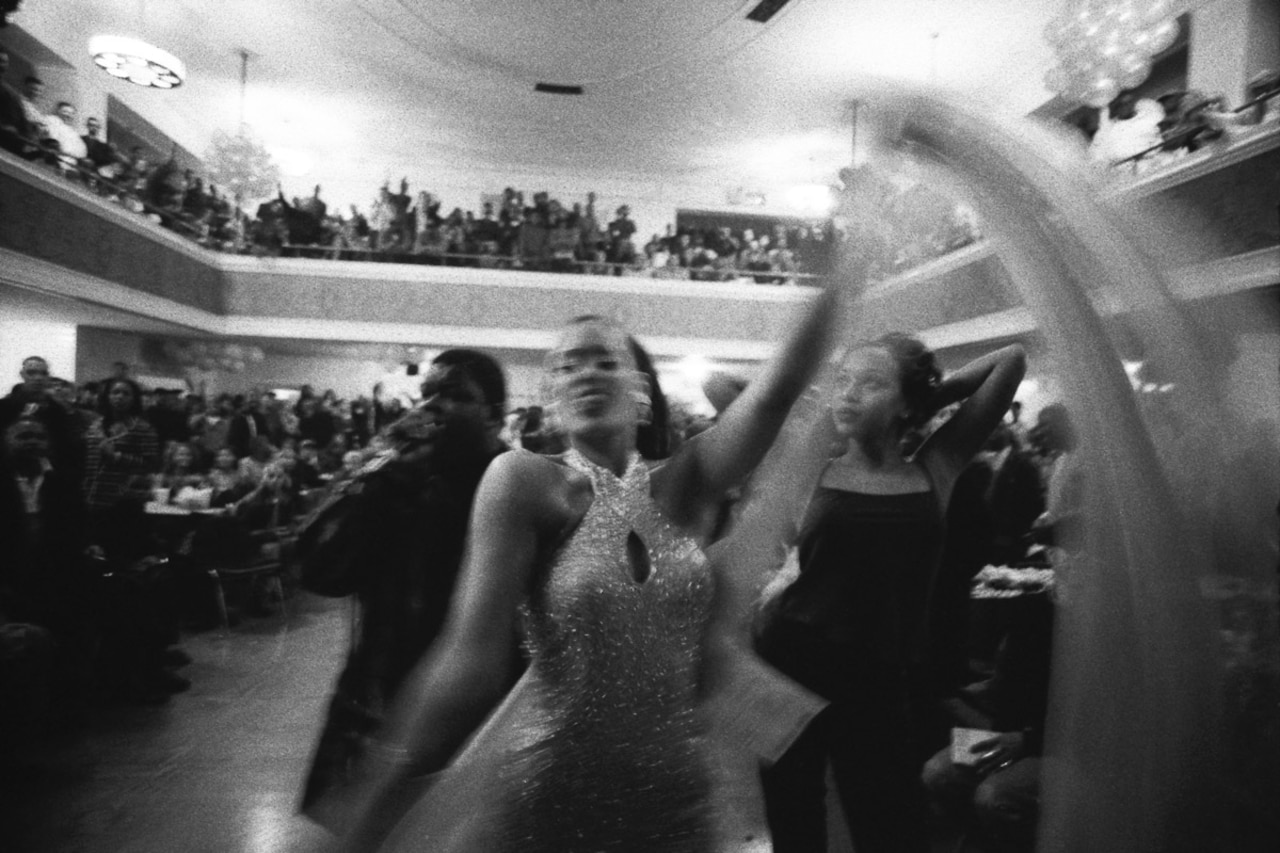
Gerard Gaskin hails from Trinidad and Tobago, and began shooting freelance photography in New York City in the early ’90s. His entrance into Ballroom came when, one day he was hanging out in Times Square — back when Times Square didn’t look very much like a futuristic Disney World, and was more of an adult cinema playground — and ran into a famous femme queen who was a part of the scene. He was intrigued. Soon he collaborated with his friend and fashion designer Douglas Says on a series of portrait photos named “Douglas’s Girls,” which featured key figures from several of Ballroom’s “Houses.” From that, Gaskin met a femme queen named Danielle Revlon, who then introduced him to the balls.
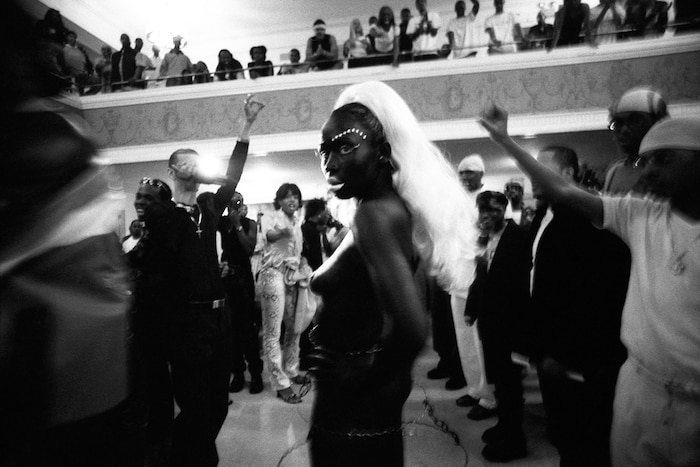

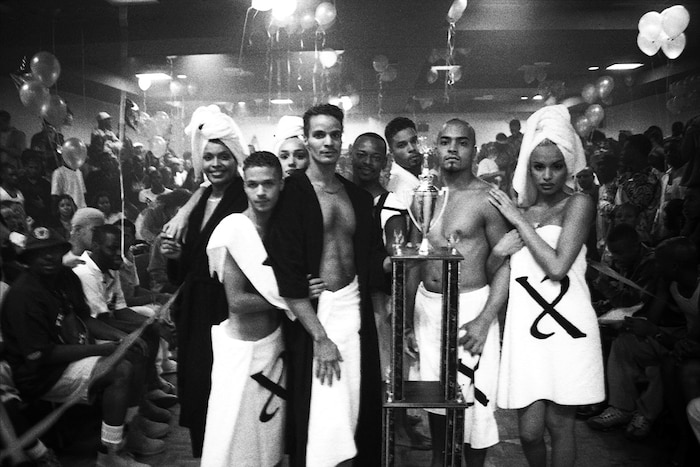
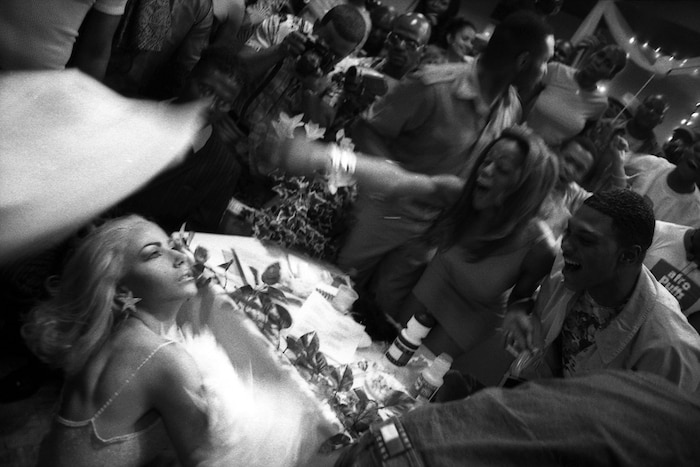

Gaskin’s curiosity evolved into a project that lasted several decades, and eventually comprised a 2013 book of photos entitled Legendary: Inside the House Ballroom Scene, which was published as a part of the Center for Documentary Studies/Honickman First Book Prize in Photography. Through Gaskin’s candid, captivating portraits you can see the evolution of the people and places of Ballroom, from the Brooklyn gymnasiums of the early ’90s and beyond. “I’ve photographed people who have transitioned in their lives, in front of me,” he says. “If there’s anything that is brilliant or beautiful, it’s that I’ve photographed my friends for the last 20 years.”
Rebecca Smeyne
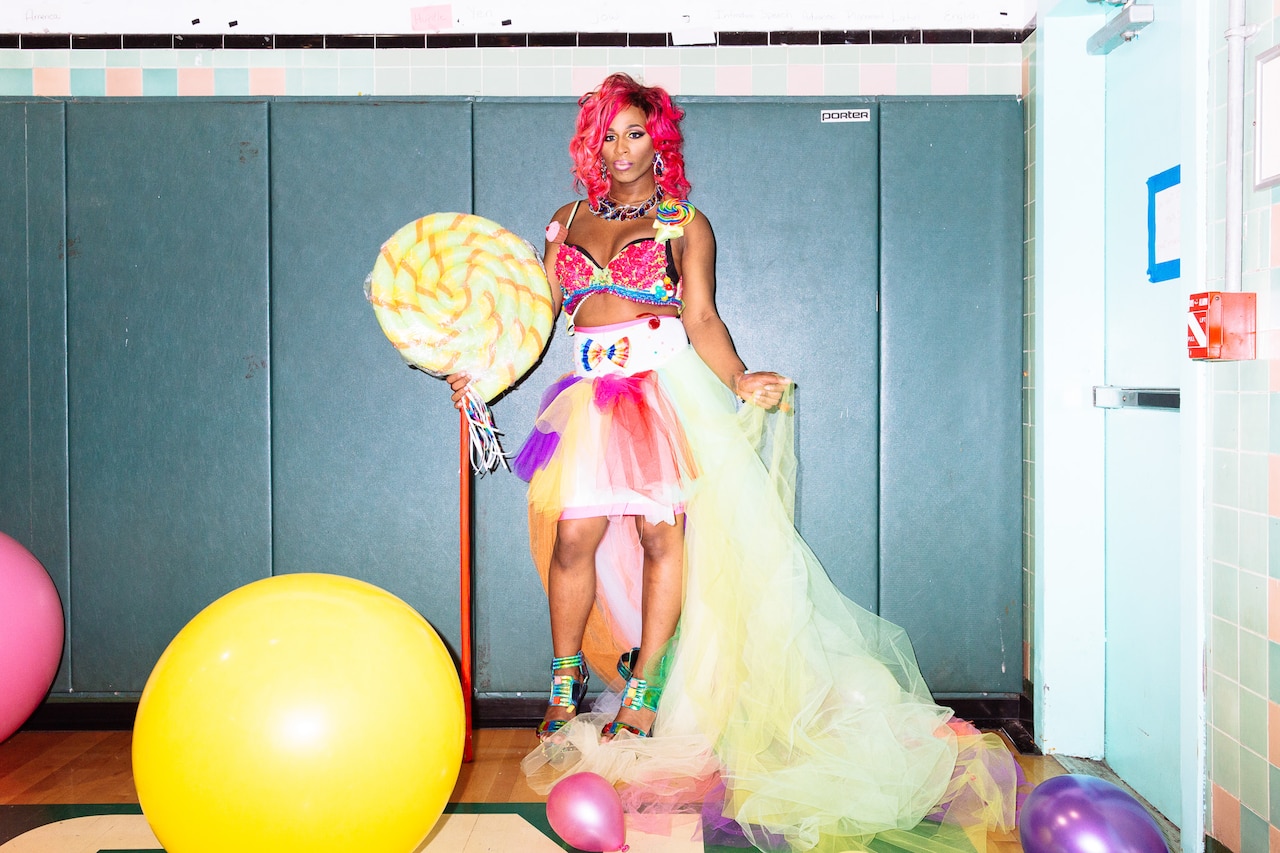
Photographer Rebecca Smeyne cut her teeth shooting underground concerts and events in New York for the likes of SPIN and the Village Voice. Coupled with her interest in fashion, a curiosity for exploring different nightlife scenes led her to discover the Latex Ball. There, she shot portraits of people, and began asking them more about the scene. That led her to Kiki. After she’d attended a few events and began getting to know people, Sherae, a key player in the Kiki scene, invited Smeyne to an invite-only Kiki Facebook group where she not only learned about upcoming balls and ongoing community discussions, but became exposed to this world on a completely different level.
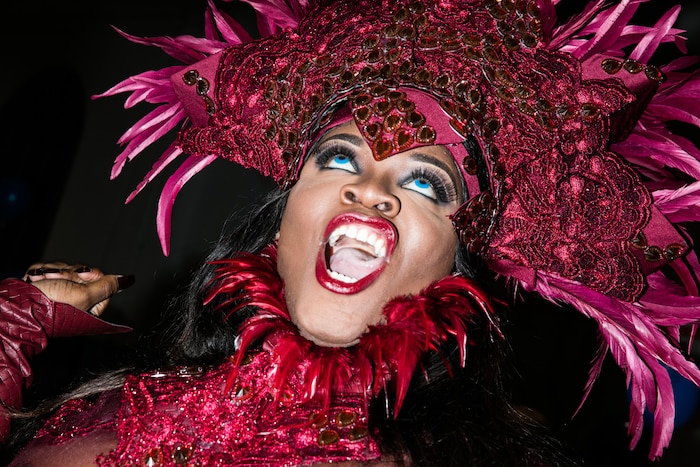
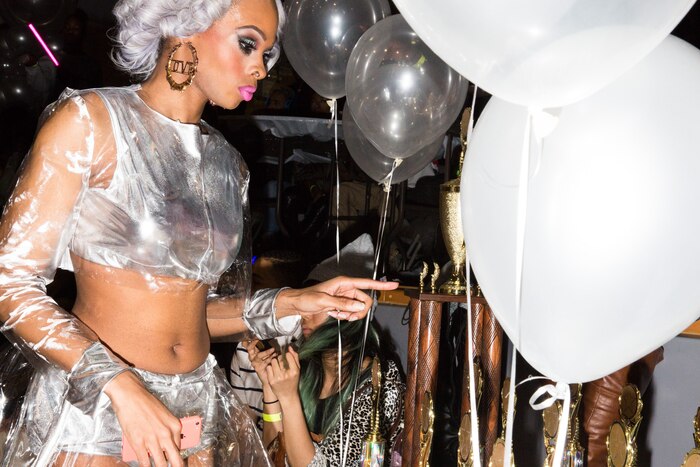
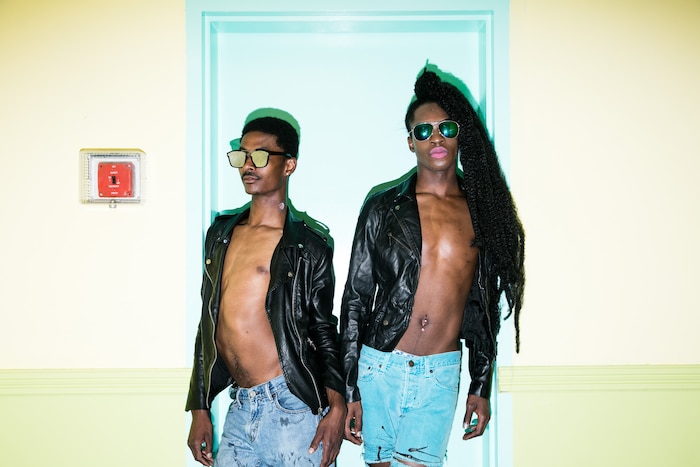
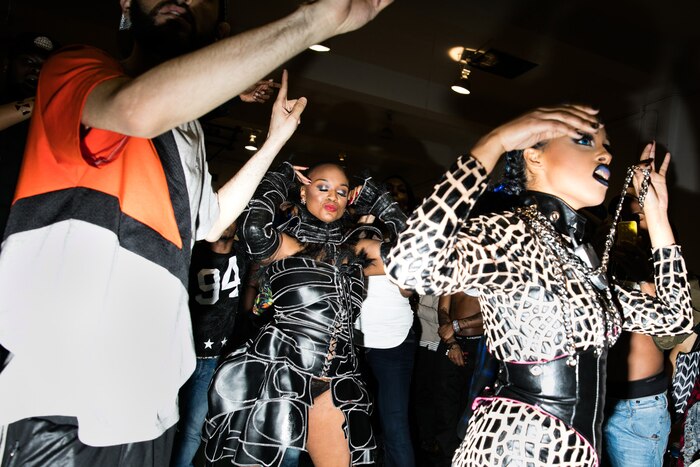
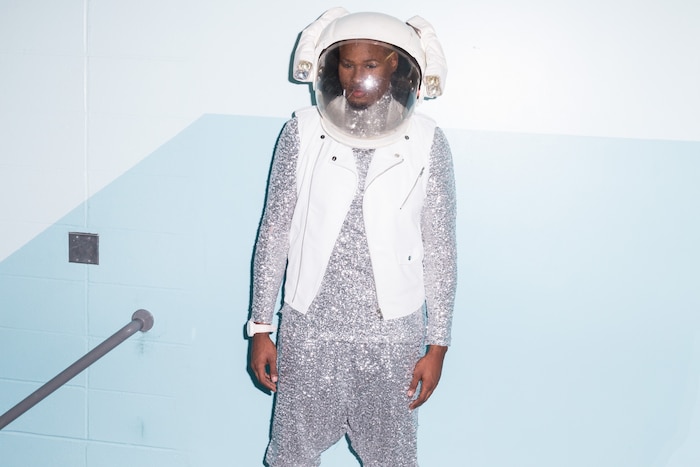
“What drew me to it was that fashion and style element, but really it’s amazing on a million other levels,” she says. “There’s so much going on. There’s the music element, the commentators that’s an art form in itself, there’s a dance and performance element. From a more sociological perspective, the way of the structure of the whole thing, the Houses, the hierarchies, the titles, it’s really interesting. It’s really insanely positive energy too, in a way I had not fully experienced in other places. It’s hard not to be interested in it.”
Header image © Rebecca Smeyne

